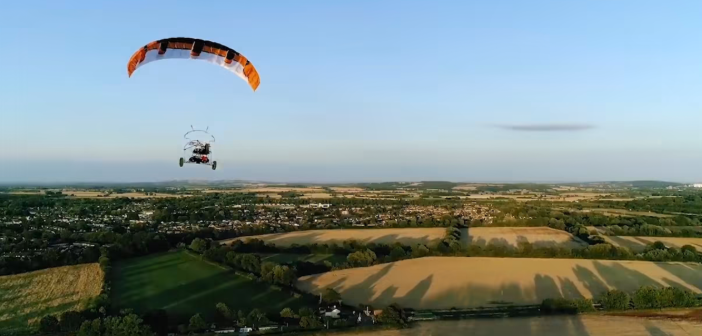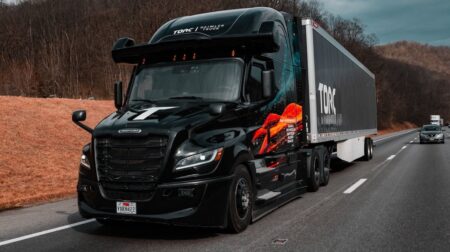Oxford-based Animal Dynamics has hired Iain Wallace as chief engineer of autonomy to develop perception systems for unmanned aerial vehicles (UAVs).
Responsible for all autonomy systems at the bio-inspired movement company, Wallace aims to play a critical role in helping to accelerate the commercialisation of its UAV range, Stork.
Stork combines parafoil technology and bleeding edge AI software to create a new aerial autonomy solution. The UAVs are capable of carrying 135kg of cargo up to 250 miles. It has been designed to solve complex real-world challenges, such as providing humanitarian aid in crisis zones, improving emergency response procedures in difficult to reach places, or designing sustainable agriculture solutions.
Additionally, Stork’s unique frame enables sensing and computing opportunities as it can fuse vision, lidar, and radar solutions. The company said high performance radar and lidar are normally beyond the limits of smaller UAVs, compared to larger aircraft.
By utilising three sensor types, Stork provides a detailed 360 picture of its surroundings. The advanced perception system will deliver greater machine intelligence and safety in harsh, all-weather environments. The company added Stork can navigate busy skies, ensure safe landing sites and accelerate path planning for safer, more efficient flights.
Wallace will work to build a team to further develop the UAV perception system. According to Animal Dynamics, he has a proven track record of delivering complex AI in the harshest environments on earth and brings nearly two decades worth of experience in the robotics, computer science, and software engineering space to the team.
As chief scientific officer at UK-based subsea company Rovco, he was responsible for leading the development of 3D vision and AI to improve quality and reduce cost in subsea inspection.
Prior to this, Wallace held the position of autonomy and robotics analyst at the computer software and services company SCISYS. During his time there, he developed robotic navigation and scene understanding technology for the UK and European Space Agencies – including vision systems for Mars rovers and terrestrial inspection robotics.
Wallace obtained a PhD in Artificial Intelligence from The University of Edinburgh and has 17 publications on AI, robotics, and computer vision. Recently, he has given invited talks on embedded robotic vision, contributed to UKRI blogs on UK innovation in robotics, and co-authored several patents in the field.
Alex Caccia, CEO of Animal Dynamics, said: “Wallace has a wealth of experience in delivering complex AI in the real world – be that 3D data visualisation, deep learning, or embedded systems. His expertise, research, and experience will be absolutely instrumental in achieving the commercial roll-out of Stork. We are delighted to announce that Wallace has joined us on our journey.”








